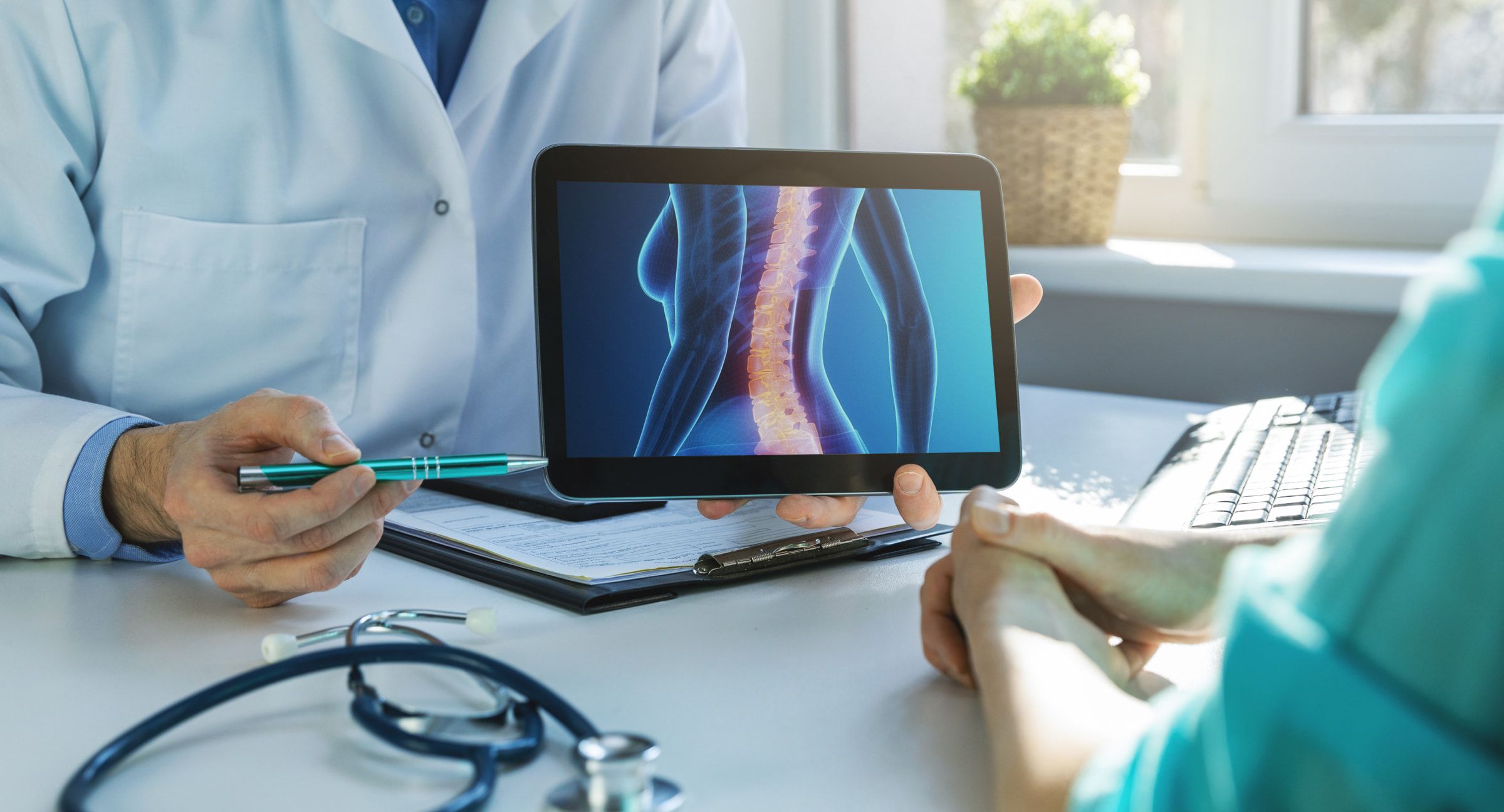- Adults
What Is Sciatica? Everything You Need to Know

Up to 40 percent of people will suffer sciatica at some point during their life. It’s a condition that becomes more prevalent and frequent as you get older.
While it is a common condition, it’s also misunderstood.
There are many people who still wonder “what is sciatica?” If you relate to this question and want to better understand this condition, keep reading. Here you can learn about sciatica and what you can do to prevent it.
What is Sciatica: An Overview
Sciatica is the name given to pain caused by irritation of your sciatic nerve. Anything irritating this nerve can cause pain, which ranges in intensity. Usually, sciatica is caused by a compressed nerve in your lower spine.
Sometimes, the words “sciatica” and “back pain” are used interchangeably. However, sciatica isn’t limited to your back. Your sciatic nerve is the widest and longest in your body.
It starts in your lower back and runs through the buttocks, legs, and ends below your knee.
The nerve controls several of your muscles in your lower legs. It also provides sensation to the skin on your foot and most of your lower leg. It’s important to understand, sciatica isn’t a condition. It’s a symptom of another issue that involves the sciatic nerve.
Symptoms of Sciatica
Sciatica symptoms are usually felt on the path of the sciatic nerve (described above). Some of the most common signs of sciatica include:
Pain
Sciatica pain usually appears as a shooting pain that starts in the buttock or lower back or a burning sensation. The pain or burning may radiate down the back or front of your thigh or leg and into your fee.
Numbness
Sometimes, sciatica pain is accompanied by numbness in the back of your leg. You may also experience weakness or tingling.
One-Sided Symptoms
Usually, sciatica affects just one leg. The condition can cause a feeling of heaviness of the leg affected. While it’s rare, both legs may be affected, too.
Symptoms Induced by Your Posture
Some sciatica symptoms may become worse while you are bending forward, twisting, sitting, attempting to stand up, while you are coughing, or while you are laying down. You can find relief, sometimes, by walking or by using a heat pack.
Sciatica is a Symptom
As mentioned above, sciatica is a symptom of another medical condition. Some of the most common medical conditions that cause sciatica include:
- Sacroiliac joint dysfunction
- Herniated lumbar disc
- Muscle spasm
- Lumbar spinal stenosis
- Spondylolisthesis
- Lumbar degenerative disc disease
Sometimes, blood clots, tumors, and other conditions in your lower spine can cause sciatica.
Sciatica Treatment Options
It’s important to seek treatment for sciatic as soon as you can to ensure the symptoms don’t get worse. There are both nonsurgical and surgical treatment options to consider.
Some treatments used for sciatica are described here.
Physical Therapy
Physical therapy includes a combination of aerobic conditioning, stretching, and strengthening. It’s a central component of virtually any sciatica treatment plan. Sometimes, therapeutic exercises are added to this program.
Some goals of exercises and physical therapy for sciatica include:
- Strengthen muscles and spine
- Encourage the exchange of nutrients and fluids
- Stretch inflexible or tight muscles
- Increase core strength
While some activity modification and rest may be necessary, it’s essential to maintain as much activity as you can and to avoid long periods of inactivity.
Medication Used for Sciatica Pain
Both over the counter and prescription medications are used for relieving sciatica pain. Some medications used include:
- Opioid analgesics
- Nonsteroidal anti-inflammatory drugs
- Tricyclic antidepressants
- Anticonvulsant medications
- Oral steroids
Usually, these drugs are used for pain relief and help the patient take part in physical therapy. Opioid analgesics are usually only given for short periods to avoid addiction.
Chiropractic Care
Manual spinal manipulation helps to improve the spine’s alignment. The technique can address underlying conditions that cause sciatic nerve pain. This includes things like spinal stenosis or a herniated disc.
Manual manipulation can also create a better environment for healing. Remember, this treatment should never be painful; however, chiropractic care can provide the relief you are looking for.
Massage Therapy
Some types of massage therapy, including deep tissue massage, offer pain relief benefits. Benefits offered by massage include:
- Release of endorphins
- Relaxation for tight muscles
- Improve blood circulation
Usually, your doctor will recommend this if they believe it will prove beneficial.
Lumbar Therapeutic Injections
These injections help to treat pain caused by conditions affecting the sciatic nerve. The end goal of injections is to provide pain relief so you can begin participating in normal activities again.
Some of the common injections used for sciatic pain include:
- Epidural steroid injections
- Selective nerve root blocks
Surgery for Sciatica
Usually, surgery for sciatica is considered if your leg pain or weakness is progressive or persistent after several non-surgical treatments are tried. If your doctor suggests surgery, find out as much as possible about the treatment options so the right one is provided.
Sciatica Treatment: Don’t Wait to Talk to Your Doctor
If you are experiencing sciatica pain, don’t wait to talk to your doctor. Usually, the condition will continue to get worse, causing more pain and more complications.
By scheduling a consultation now, you may be able to avoid surgery and have relief from the non-surgical treatment options mentioned above. This is the less invasive route that will ensure you can continue doing the things you love.
If you are suffering from sciatica pain, or any condition you believe chiropractic treatment would be beneficial for, fill out the form on our website. You can also learn more about the injuries we treat and about our team. We are here to help you live a pain-free life.


